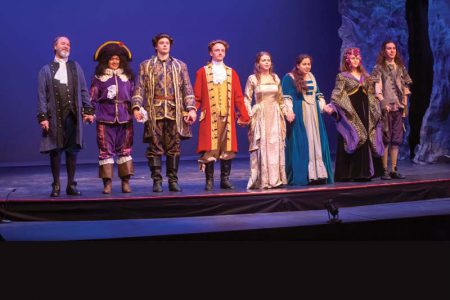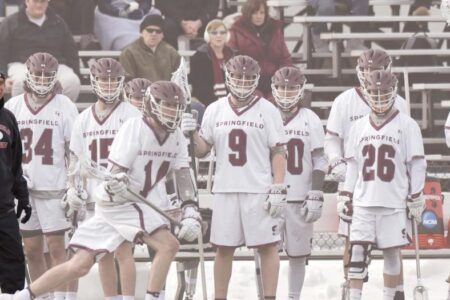The Personal Triangle of Auntie Phyllis
ASVV Executive Director JC Nkulikiyimfura, left, shares plans for the upcoming conference center where Phyllis Lerner, center, and Stephanie Logan hope that Springfield College participants may stay
ASVV Executive Director JC Nkulikiyimfura, left, shares plans for the upcoming conference center where Phyllis Lerner, center, and Stephanie Logan hope that Springfield College participants may stay
For teachers everywhere, the turn of the calendar page to August is a daunting one.
Down in Bethesda, Md., Phyllis Lerner ’71 is getting ready to squeeze in one trip before pouring herself into yet another year of teaching. A lifelong educator, she knows the deal. Some kind of August recharge is good for the soul.
Unlike some of the fit, former physical education majors from her era at Springfield, she is not packing her clubs for a couple of rounds at Hilton Head, or her hiking boots to camp at Acadia. Instead, she is gathering her materials for the GETF (Gender Equity Task Force) and readying for her return to Rwanda.
Up at Springfield College, the head of the department of Education, Stephanie Logan, EdD, has to pack twice. After just two years on the job, a dizzying immersion of teaching, writing, and running a department in the midst of significant change, Logan has to move out of her corner office on the third floor of Locklin Hall for the department’s new digs in Blake. Boxing up her belongings, she begins with a slew of books. There are texts that speak to her research passions — Affirming Diversity, Teaching for Diversity and Social Justice, Courageous Conversations About Race. Then there are the shelves worth of children’s books that speak to the elementary school teacher she once was, and to the young teachers she now tries to mold. Rad Girls Can. Rad Women Worldwide. Ruth and the Green Book.
But Logan also is packing for an August journey, one that would have been so easy to say no to. Just two months prior, she had been approached by Calvin Hill, the vice president of Inclusion and Community Engagement, who asked her, “What are you doing from August 5th to the 18th?” After a fateful, if tentative, reply of “Nothing,” she found herself preparing for a more than 7,000-mile flight to Rwanda.
Converging after nearly 24 hours of cramped travel in the airport in the capital city of Kigali, Lerner and Logan meet for the first time.
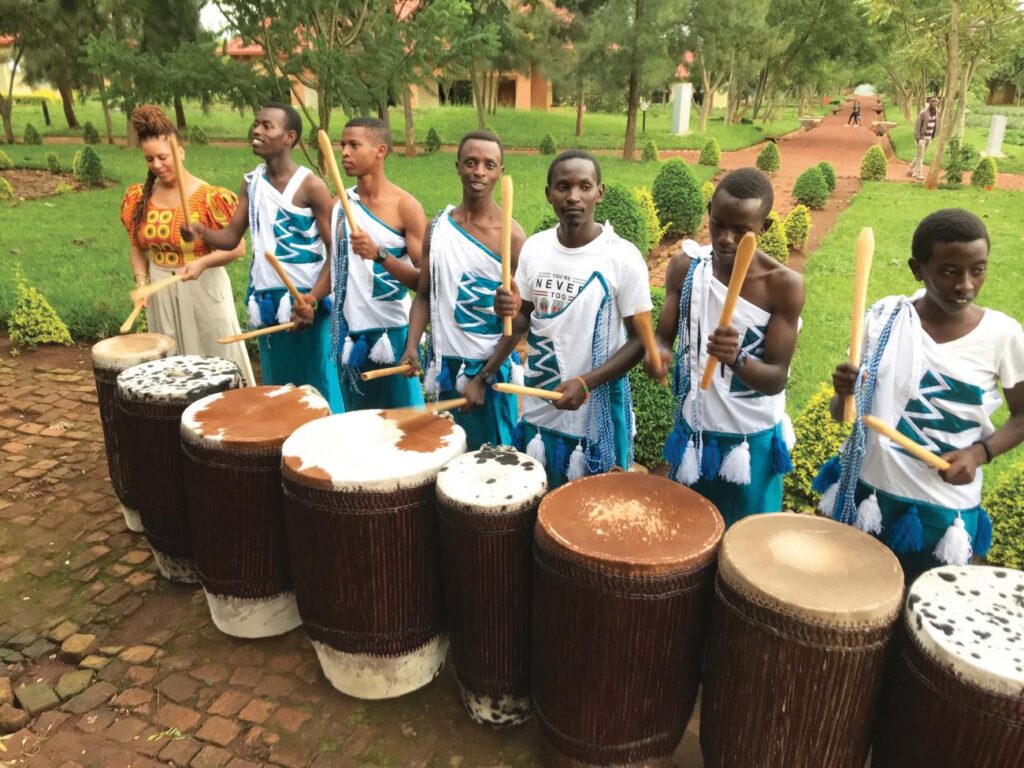
RWANDA. IT IS one of Africa’s smallest countries, just over 10,000 square miles, almost identical to the size of Massachusetts. Situated in the eastern part of central Africa, it sits just below the equator, a rolling, vibrant, verdant jewel of a country where every speck of terrain is more than half a mile above sea level. It is affectionately known as The Land of A Thousand Hills.
But it is known more widely, more ominously, as the land of genocide. In a three-month period of time in 1994, approximately three-quarters of a million people — the overwhelming majority of them ethnic Tutsis — were killed by Hutu extremists. The systematic carnage, precipitated by the assassination of Rwanda’s president whose plane was shot down (possibly by Tutsis), was almost unimaginably dark. Untold thousands were hacked to death by machetes. “Rape squads” attacked Tutsi women, many of whom were infected with the AIDS virus.
The world stood largely silent.
IN A SENSE, the woman whose name describes her mission (Fill Us, Learner) was on a collision course with Rwanda from the beginning. It was shaped by her upbringing, influenced strongly by her four years as a student at Springfield College, and refined over decades of commitment to education, and gender and racial equity.
It begins with her Jewish roots and the Hebrew concept of “Tikkun Olam” — or “world repair.”
Lerner’s father was born in Russia; her mom was the only one in her family who wasn’t. Though neither were survivors of the Holocaust, the extermination of 6,000,000 Jews in World War II was never far from her consciousness. As a child, she became familiar with the sight of adults in short sleeves, tattooed numbers emblazoned on their forearms. “My parents’ best friends were German survivors,” she said. “And I knew that there was a weight around that.”
Though she was raised in Maryland, her Jewish roots were deeply connected to New York Harbor, to a statue whose significance has long been a beacon for her. “I grew up on the message of ‘Give me your tired, your poor.’ I knew that (Emma) Lazarus represented the Jewish voice as I remember it.”
She arrived at Springfield College in the fall of 1967. From the beginning, Humanics form-fit her heart. Her college years would coincide with a period of simultaneous American anguish and aspiration perhaps unrivaled in the 243 years of our national story. In the spring of Lerner’s freshman year, Martin Luther King Jr. — who had delivered the commencement speech on campus just a few years before — was assassinated. Two months later, presidential candidate Robert Kennedy, brother of the late president, met the same fate. Richard Nixon was elected. There was Woodstock, the Stonewall riots. One small step for man, one giant leap for mankind. National convulsions about the war in Vietnam. Campus protests from Springfield College to Kent State to Berkeley. The walkup to Title IX (passed in 1972, a year after she graduated) and the Roe vs. Wade decision in the U.S. Supreme Court in 1973.
She was an athlete, an avid swimmer and dancer, and a very serious student, but Lerner says that much of her education came from the “cocurriculum — the stuff that happened outside of class.” For her, that was a three-pronged syllabus.
“The cocurriculum in my generation was the civil rights movement, the anti-Vietnam War movement, and the feminist movement. Those issues were what I was a part of emotionally, and, I would even say, cognitively.”
Upon graduation, her path was clear. Though she was way too humble to believe the cliché that a teacher affects eternity, she knew this was her path to some kind of meaning, some kind of influence, some way of paying rent for the privilege of being alive and secure in the world.
Her first stop was the Germantown Friends School in Philadelphia. There she met her now-lifelong friend, fellow teacher Jane Gutman, and there she would immerse in Quaker values that made inherent sense to her. Nonviolence. Consensus decision making. “The light of God” in everyone. Letting your life speak.
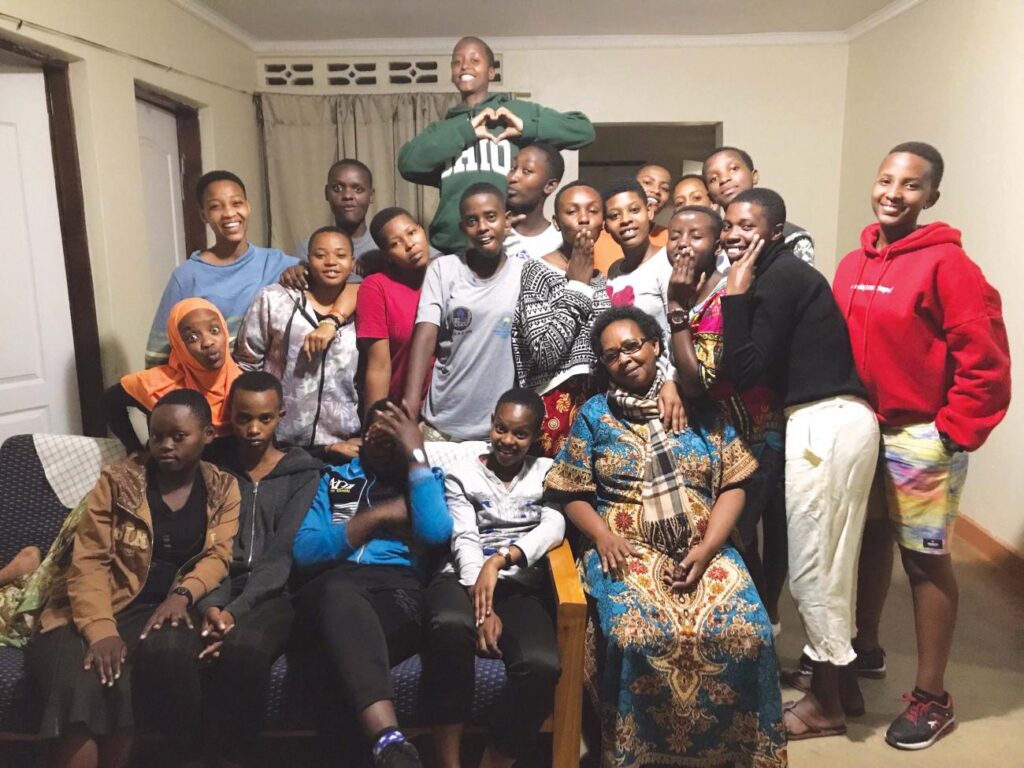
Her comet-like teaching energy has been burning now for almost half a century. It has included a couple of broad themes. One is a profound commitment to equity. Though she well recognizes the pervasive unfairness of the world, she believes it is the responsibility of adults to try to make things more fair, to — in the memorable metaphor of Dr. King — bend the arc of the moral universe toward justice. For well over a decade, she worked for the Gender Equity Title IX Office in California. For the last 15 years she has been teaching at the graduate school of education for Johns Hopkins University, helping to coordinate their partnership with Teach For America. Along the way, she has worked with a wide array of social justice agencies, school boards, etc., on issues of diversity and inclusion.
The other major theme has been an homage to one of Dr. King’s directives from his 1964 commencement speech — to “achieve a world perspective.” Her international work goes back to 1973 when she began a seven-year stint with Children’s International Summer Villages (which, incidentally, has held villages on the campus of Springfield College). In 1976, she spent much of America’s bicentennial year on a Semester at Sea, completing a master’s in comparative and international education. She subsequently worked in refugee camps in Thailand and in the slums of Mumbai, India.
By the time the child of the ’60s was a few years into her own sixties she had already led a very accomplished life. She had earned a slew of honors, including the 2013 Distinguished Alumna Award at Springfield College, “given annually to recognize professional excellence and outstanding service to community, state, and/or nation.”
Though there were laurels galore, Lerner has never been one for resting on them. A couple of years later, she got a phone call from her old friend, Jane Gutman, who started describing this community school in Rwanda, the Agahozo-Shalom Youth Village (ASYV). “Phyllis,” she said, “this is totally you.”
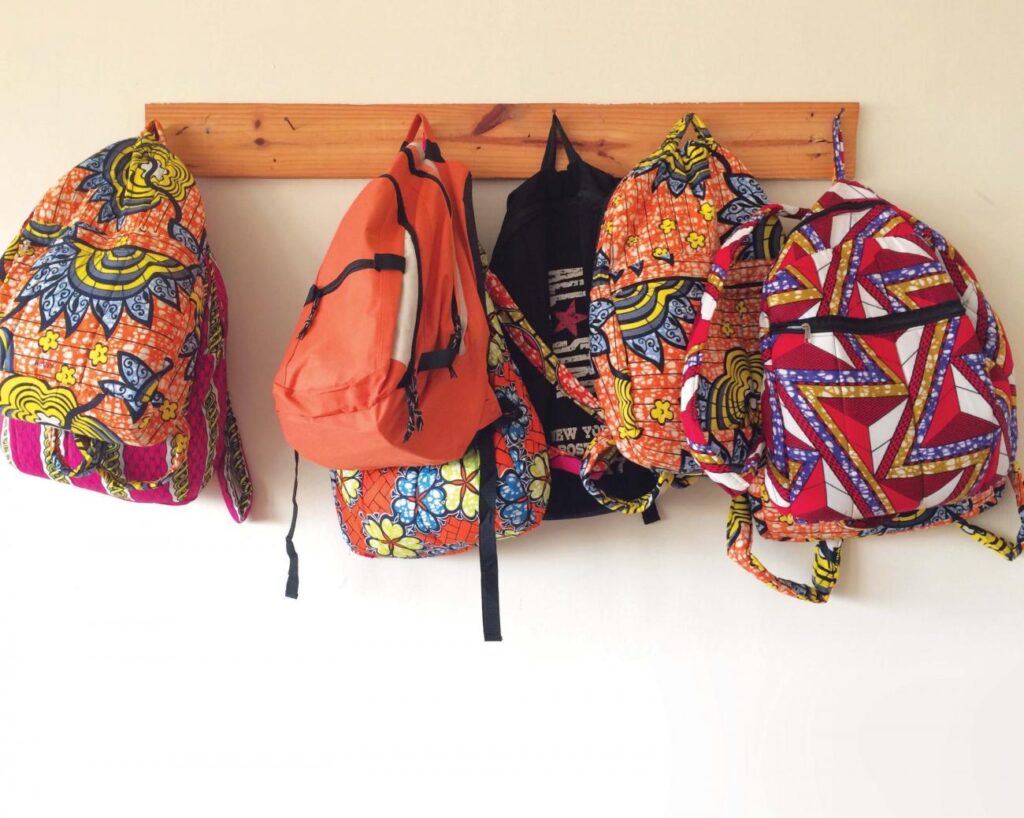
THE SCHOOL WAS the brainchild of Anne Heyman, an energetic woman Lerner never met, but one who, for all intents and purposes, was her soul sister. A native South African who emigrated to the States as a college student, Heyman had been a successful lawyer and a committed philanthropist. When she found out that Rwanda had a population of over one million orphans, she rolled up her sleeves. She modeled the school after villages created in Israel in the late 1940s to care for orphaned children of the Holocaust.
Agahozo is a Kinyarwandan word for a “place where tears are dried.” Shalom is the Hebrew word for “hello,” “goodbye,” and “peace.” Planting seeds of hope in a soil of human suffering, the school opened in 2008. There are more than 500 teenagers who live there in homes run by “Mamas,” Rwandan women who lost family members — sometimes entire families — in the genocide. Though Heyman died in 2015, the school continues to thrive.
Phyllis Lerner, never one to tiptoe tentatively into the ocean, sprinted into the water with all of her customary verve. In January 2016, she arrived for her first stint, and wound up staying for four months. She was struck by the vitality of the place sitting side by side with the tragedy: “the worst stories you could ever hear.”
She was determined not to fall into any “white savior complex”— a common trap for volunteers. “I was very intent on treading softly, listening a lot, and offering my capacity with questions, rather than direct statements.”
It didn’t take long for Lerner to be hooked. Before she left, she was already known as “Auntie Phyllis.”
She came back again for four more months to start 2017, four more in 2018, four more in 2019. She offered all she could as a teacher and as a person who has devoted her life to fairness in a context that had known perhaps the ultimate in unfairness. She basked in the vibrant community: lots of music, lots of dance, lots of laughter and tears and hugging. Above all, she felt the spirit of Umuganda snap into place in her soul — the sense of children trying to heal their hearts as a path to wider healing.
It now all fit together as her personal triangle.
Umuganda.
Tikkun Olam.
Humanics.
And just like that, it hit her that there was a natural partnership she wanted to build — Springfield College and Agahozo-Shalom Youth Village. To Lerner, it seemed like the most natural fit in the world. She began to brainstorm how she could tap into the idealism of her alma mater to connect with the small school across the globe that had become her second home.
The first step, she felt, was to get someone from Springfield to Rwanda, ideally someone committed as Lerner was to educational equity. Enter Stephanie Logan.
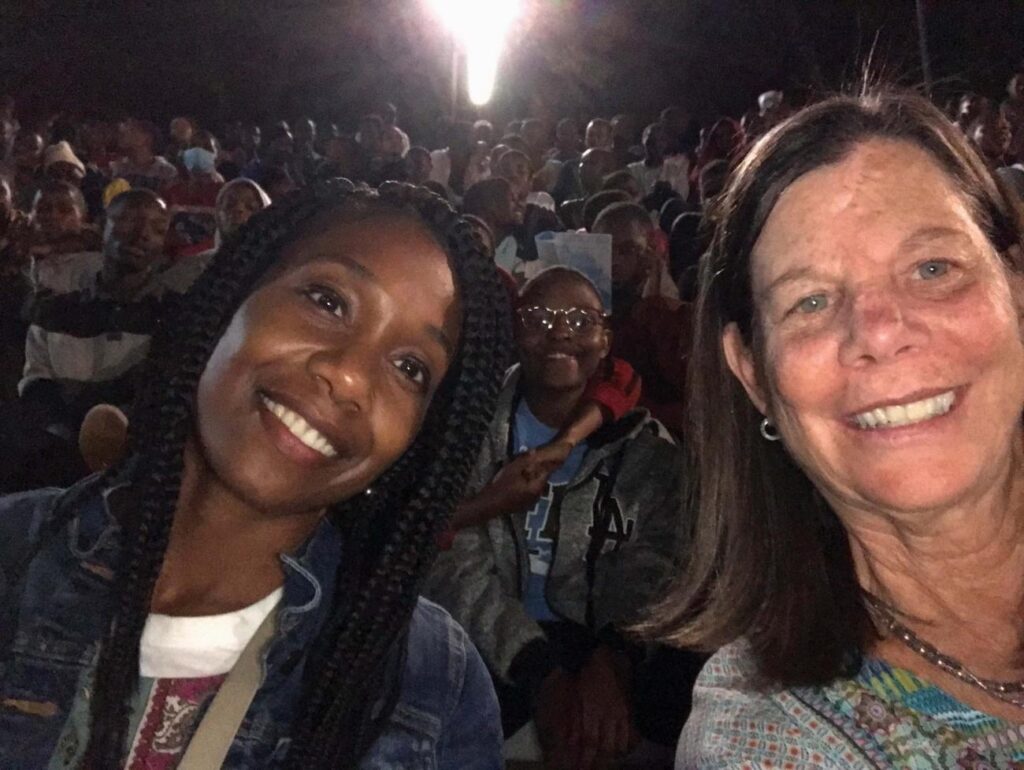
THEY COME FROM different generations. Different racial backgrounds. Different religions. Lerner was a jock; Logan not so much. “I did not play sports,” she said with a laugh. “I was into the arts. I danced. I did theater and music. I attempted to run track, but that didn’t work out real well.”
Internally, though, where it mattered most, they were deeply connected.
Logan’s work is all about teaching, about multicultural education, about equity. Among her recent journal articles are titles like, “The Myth of Colorblindness: Helping Educators Recognize the Role of Race in the Pre-K-12th Grade Classrooms” and “Multicultural Inclusion of Lesbian and Gay Literature Themes in Elementary Classrooms.”
She was, as Lerner quickly realized, “just what the doctor ordered.”
They began communicating on WhatsApp and started crafting the two-week project to help ASYV conduct a “gender equity audit.”
The summer blazed by. One plane lifted off from Washington, D.C., another from Bradley International Airport in Windsor Locks, Conn. Many hours later in Kigali, Lerner and Logan met. After some training in the capital, they began the bumpy ride out into the countryside to Agahozo-Shalom Youth Village.
It was a two-week blitz that Logan found both exhausting and exhilarating. She was struck by the power of the young girls she met in the village, some of whom she found burningly eloquent. “Their ability to articulate, to express themselves — this is the next Parliament. This is it right here. Every single one of them. This is the next president. She’s in this room.”
She sensed a fruitful partnership with Springfield College. “Our graduates need to know about this village, and what opportunities and possibilities there are. If we’re about that commitment, that service to others — certainly we should do that in our own communities — but for those who do have a global mindset, this is an awesome opportunity.”
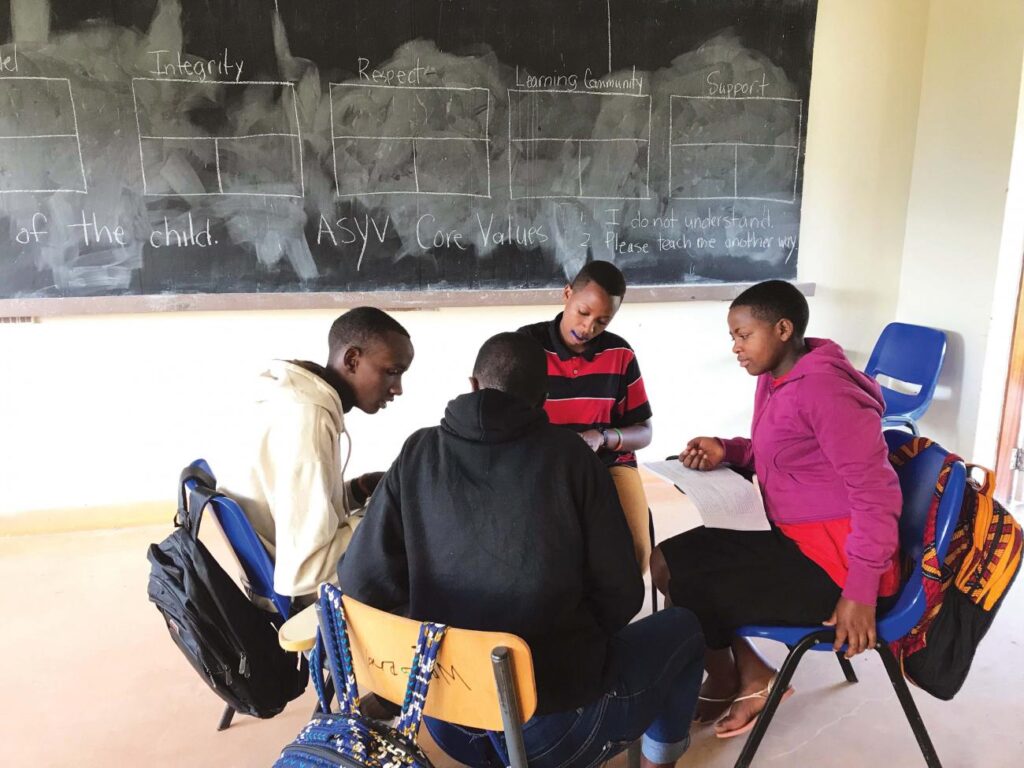
Further, she sensed a simpatico with Lerner, based on shared cultural suffering: “With her, she’s ethnically and culturally Jewish; [with me, I’m] a descendant of Africans who were enslaved. When you come from people who have been on the wrong side of the worst of humanity, it develops a sense of empathy and a sense of wanting to see justice. That started the sense of common ground for both of us.”
PHYLLIS LERNER WANTS to see the partnership grow. She has been in steady conversation with Joe Long of the Springfield College Office of Development. She has no children of her own, yet she is Auntie Phyllis to more than a thousand; she wants the work to continue.
She envisions an annual Springfield College “fellow,” a post-graduate student devoting a year of work to the village — with the village. She’d like to explore a three-week intersession experience to expose students to the hardship and hope of Rwanda. She has cast her line to get the school to consider an alumni trip to the Land of A Thousand Hills.
She doesn’t go so far as to call these ideas a “legacy project.” But, in her own way, she is trying to build the opposite of genocide — the new growth after the forest fire — a place where Humanics and Tikkun Olam and Umuganda can work their magic.

